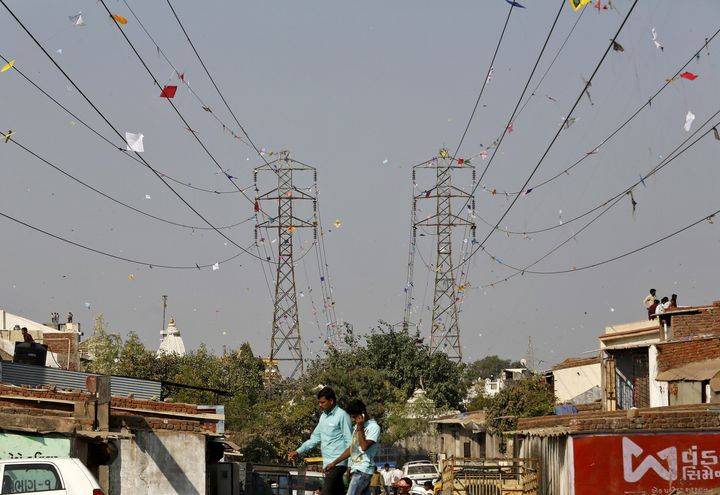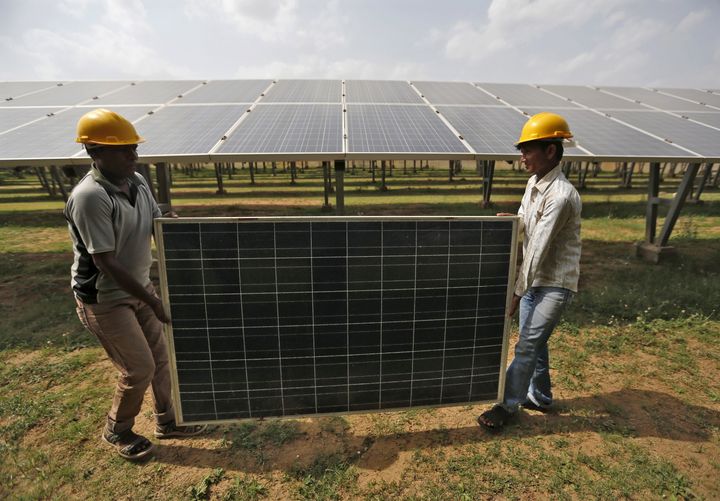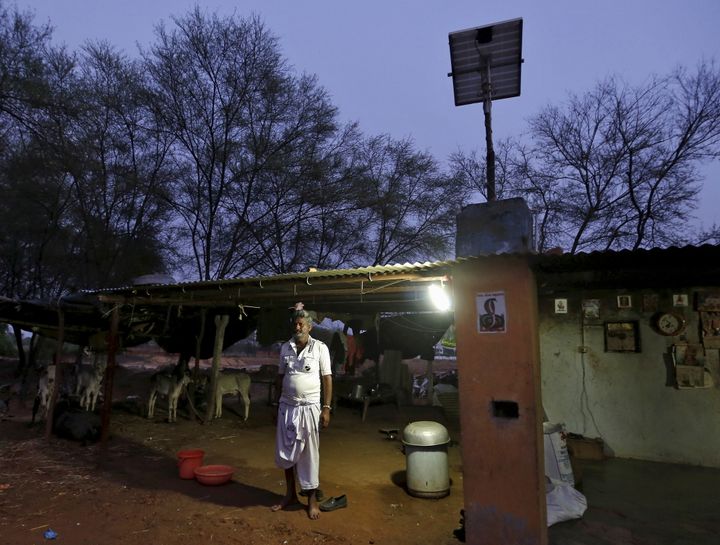
The Narendra Modi government is trying to solve India’s electricity problem by pushing for more efficient appliances.
Just last year, Asia’s third largest economy faced a 3.6% deficit in peak-hour energy supply. Such a shortfall not only affects manufacturing and industrial productivity but also inconveniences millions of Indians, particularly during the torrid summer months. And this even as over 280 million people are yet to have access to electricity in India.
Since taking reins in May 2014, the Bharatiya Janata Party (BJP) government has focused on fixing this crisis, dabbling with everything from turning to solar power to providing financial incentives to power distribution companies.

Now, as India’s power requirement is slated to grow at an average of 5.2% between 2014 and 2024, the Narendra Modi administration is increasingly turning its focus towards saving more power.
In January 2015, the government had launched the National Program for light emitting diode (LED)-based home and street lighting. Under this, conventional lamps, which typically use more power, will be replaced by LED lamps that consume 80% less energy.
Last week, the government initiated two more similar schemes: one aimed at replacing inefficient agricultural pumps and the other replacing ceiling fans with more energy-efficient ones.
These will be implemented by Energy Efficiency Services Limited (EESL), a joint venture under the union power ministry that is also undertaking the LED project.

Better agriculture pumps and fans
The National Energy Efficient Agriculture Pumps Program will replace inefficient pumps with ones that are better-rated, for free. The new ones will feature a smart control panel and a SIM card, enabling their control from homes. Currently, India’s outdated agricultural pumps are estimated to consume 170 billion units of energy.
“EESL will distribute 200,000 BEE star-rated pump sets to the farmers under this program, which will lead to 30% of energy savings by 2019. This translates into annual savings of approximately Rs20,000 crore ($3 billion) on agricultural subsidies or a saving of 50 billion units of energy every year,” a government statement said.
A new scheme—the National Energy Efficient Fan Program—has also been launched, under which, energy efficient ceiling fans of 50 watts will be provided at Rs60 per month or a one-time payment of Rs1,250 ($19). These fans are being produced by domestic fan-makers such as Usha and Bajaj.
“The government estimates that the use of these fans will lead to savings of Rs700 ($10.5) a year on their electricity bills. This means, a consumer can recover the cost of this energy-efficient ceiling fan in less than 2 years,” the statement added. The program has so far been rolled out in Andhra Pradesh in south India and Uttar Pradesh in the north.
Energy efficient appliances are often expensive, keeping many away from such products. However, these appliances are crucial to helping India curb the crisis. As a 2013 report (pdf) from the World Resources Institute notes:
“India’s residential sector accounts for approximately 39 percent of the country’s final energy consumption. If all the appliances purchased in India over a three-year period were energy efficient, India could avoid new capacity requirements of over 25,000 MW—close to an eighth of India’s total installed capacity.”
This story was originally published in Quartz.